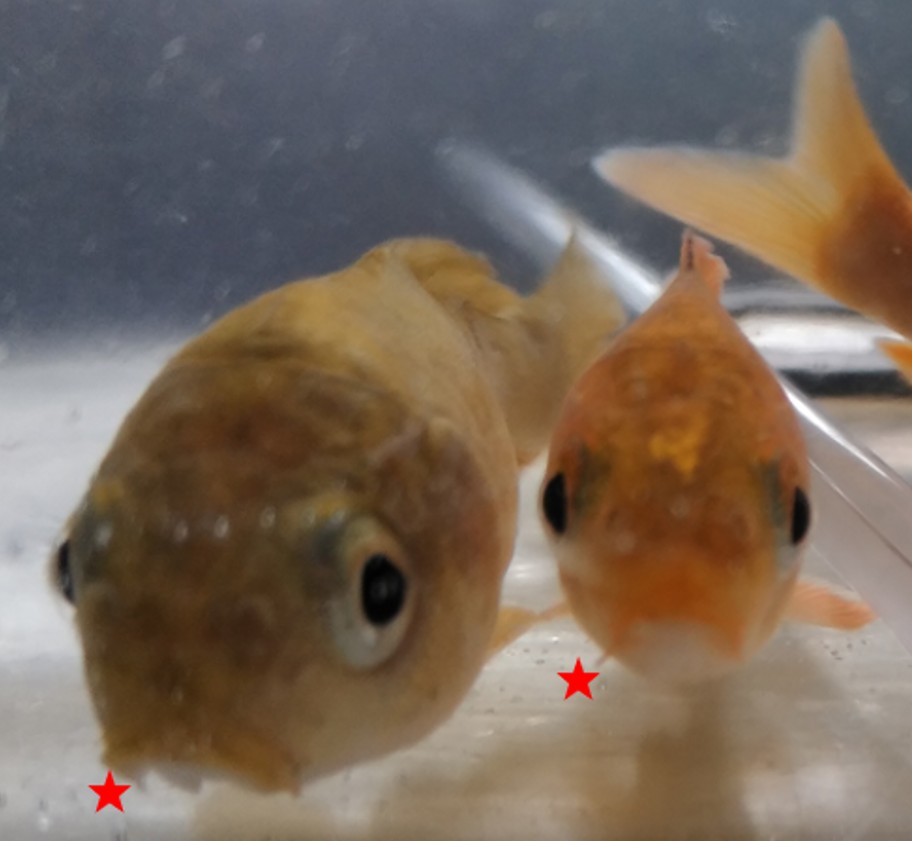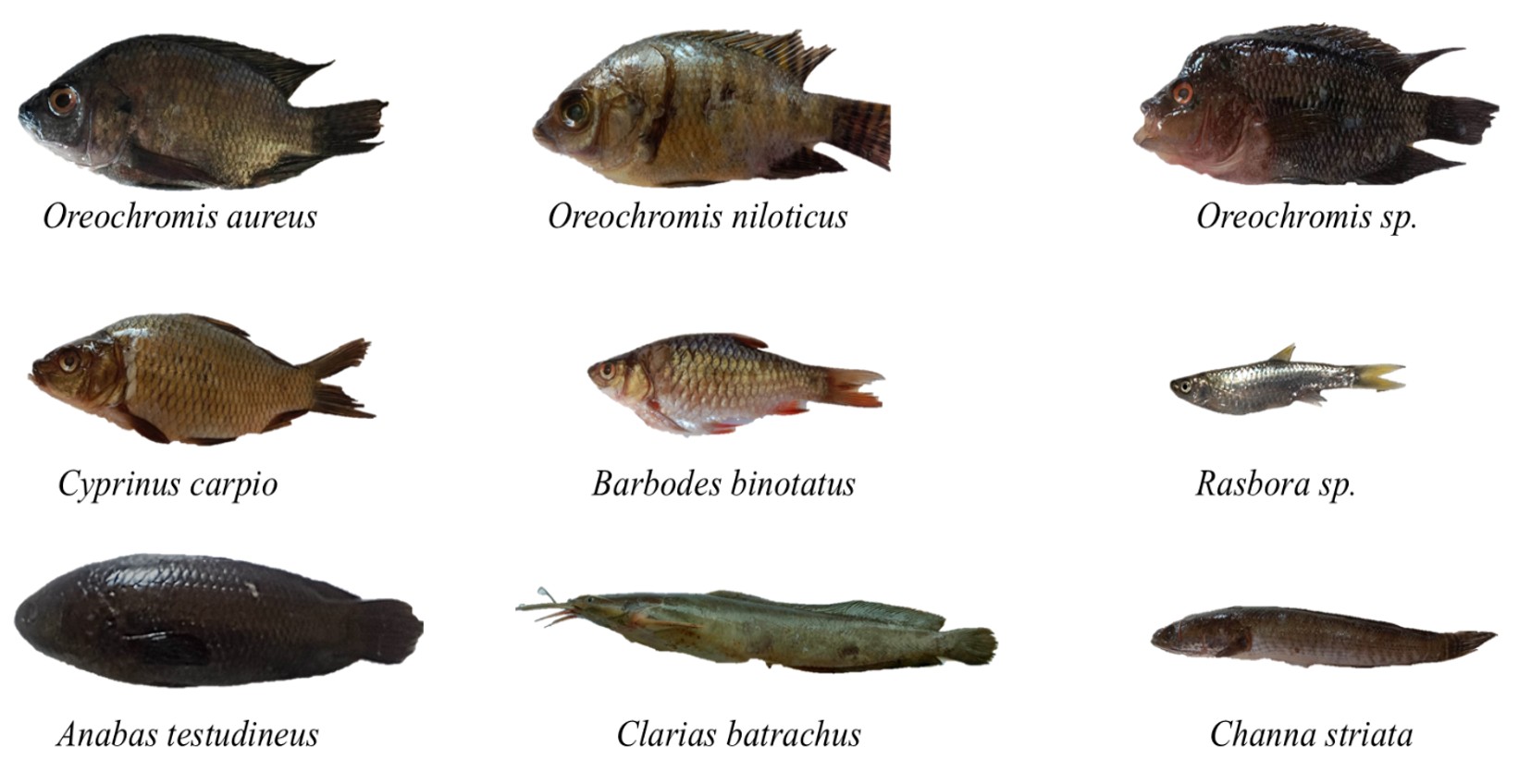
Fishes endemic to freshwater habitat are strongly influenced by water hardness, initiating physiological changes. The present study aimed to understand the effects of a four-fold sequential increase from soft to hard waters on selected tissues of Koi carp, a commercially valued ornamental freshwater fish. Secondary stress markers, Glucose, Oxidative Stress (Malondialdehyde (MDA)/Lipid Peroxidation (LPO) and Antioxidants (Catalase (CAT)), Glutathione-S-Transferase (GST), and Glutathione (GSH) were quantified in gill and white muscle (hereafter referred as muscle) after 14 days of exposure to soft waters of 75 mg CaCO3/L (TS), moderately hard waters of 150 mg CaCO3/L (TM), hard waters of 225 mg CaCO3/L (TH), and very hard waters of 225 mg CaCO3/L (TV). Both the examined tissues were distinctly affected by soft and moderate waters. Glucose in gills (p < 0.05) was proportional to the rise in hardness levels. Soft, moderate, and very hard waters (75, 150, and 300 mg CaCO3/L) affected gills and muscle due to elevated MDA (p < 0.05). CAT and GST provided considerable antioxidant protection to the tissues. Conclusively, results revealed tissue-specific differential responses and suitability of holding water hardness approximating 225 mg CaCO3/L.

This study presents a gut content analysis of nine freshwater fish species representing six families from Lake Wood, Zamboanga del Sur, Philippines. A total of 144 stomach samples were examined to assess dietary composition and feeding strategies using frequency of occurrence (%Oi), volumetric composition (%Vi), Index of Preponderance (IPi), and Index of Relative Importance (IRIi, %IRIi). Algae emerged as the dominant food item, indicating its foundational role in the lake’s food web. Oreochromis niloticus and O. aureus were primarily herbivorous, while Oreochromis sp. exhibited an omnivorous diet dominated by mollusks. Cyprinus carpio showed generalist feeding, consuming algae, mollusks, fish, and sand. Barbodes binotatus fed mainly on algae but also ingested mollusks and sand, indicating benthic foraging. Rasbora sp. was strictly herbivorous, feeding on algae. Air-breathing species such as Anabas testudineus and Clarias batrachus consumed algae and sand equally, suggesting substrate feeding. Channa striata displayed omnivory with notable insect consumption. The diversity of food items and trophic roles highlights a multi-guild but algae-driven ecosystem. Comparisons with regional studies affirm the prevalence of algae as a key dietary component in Philippine inland waters. This baseline information enhances our understanding of trophic interactions and resource use in Lake Wood and can inform future ecological monitoring and sustainable fisheries management efforts in the region.
